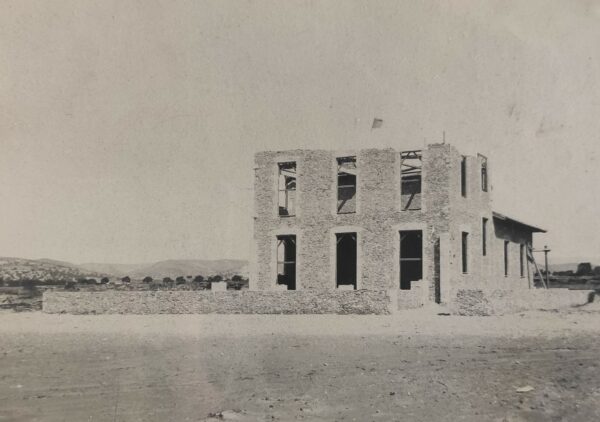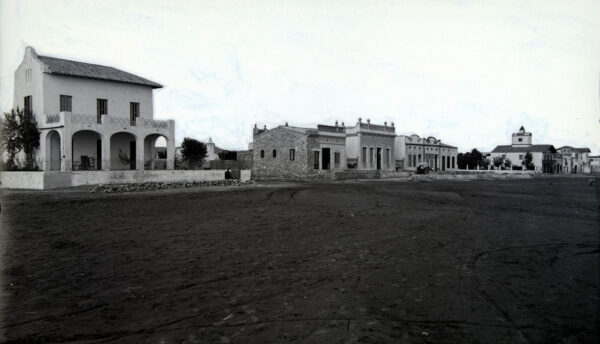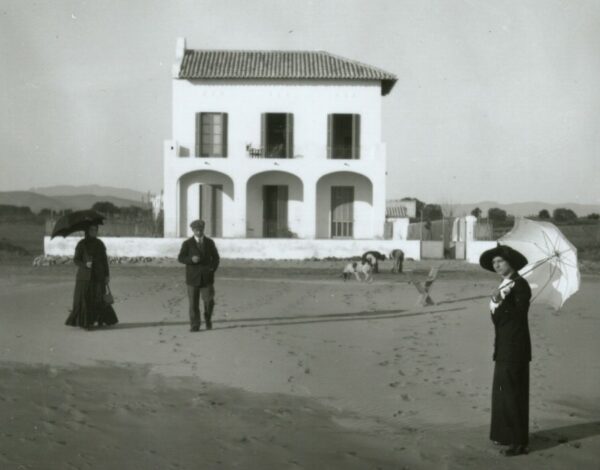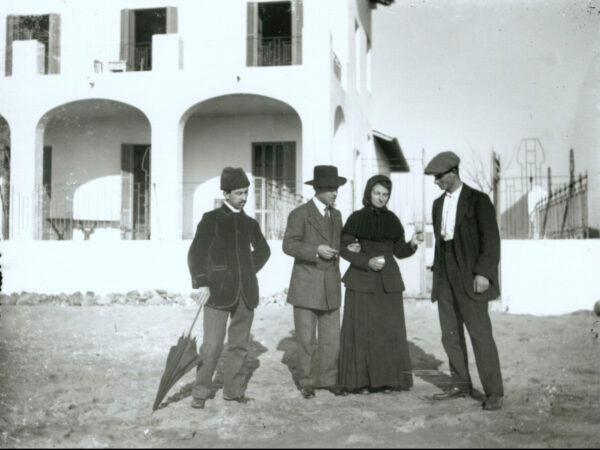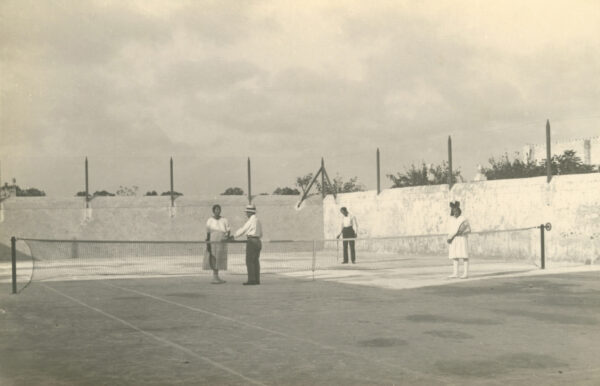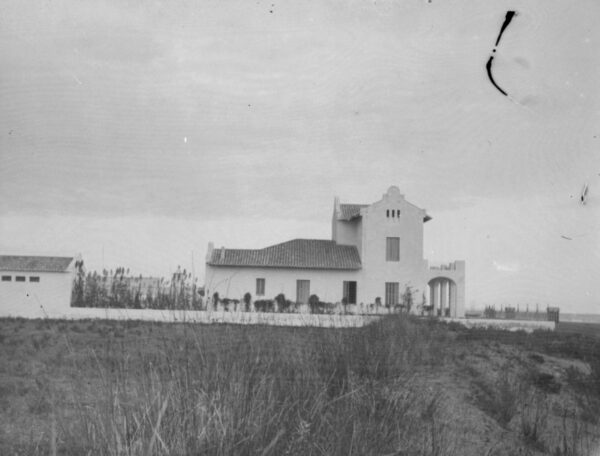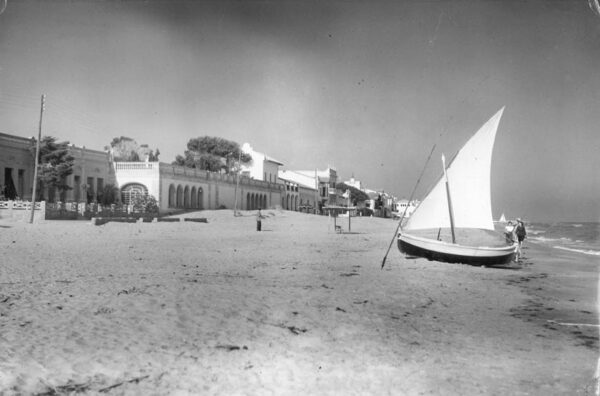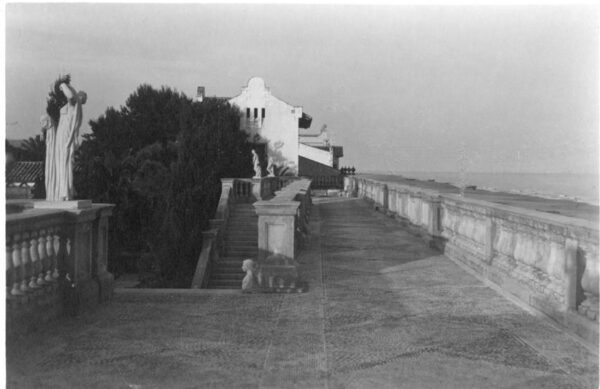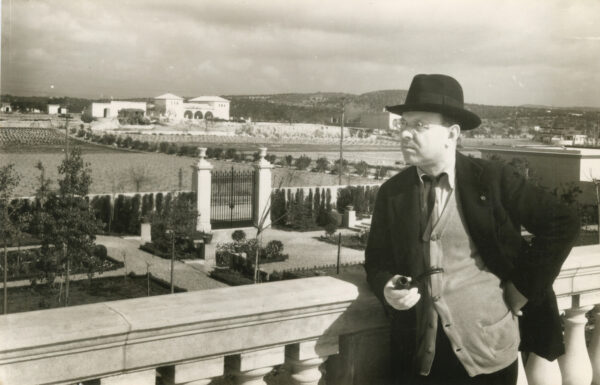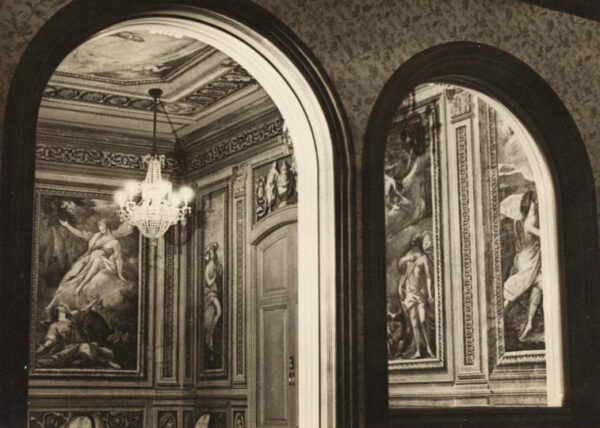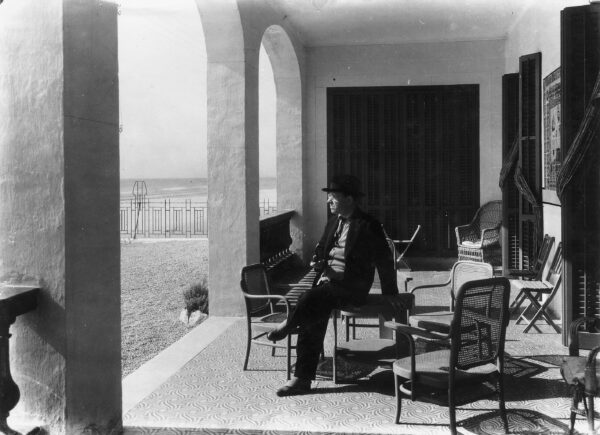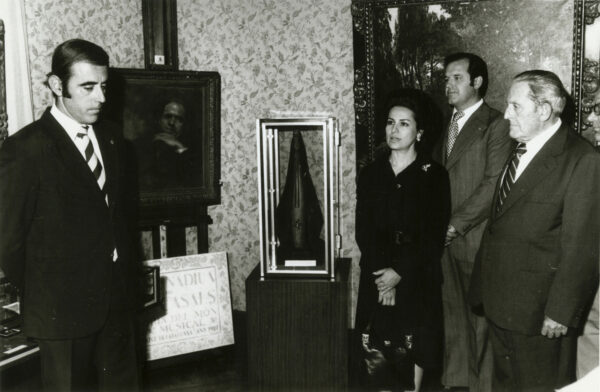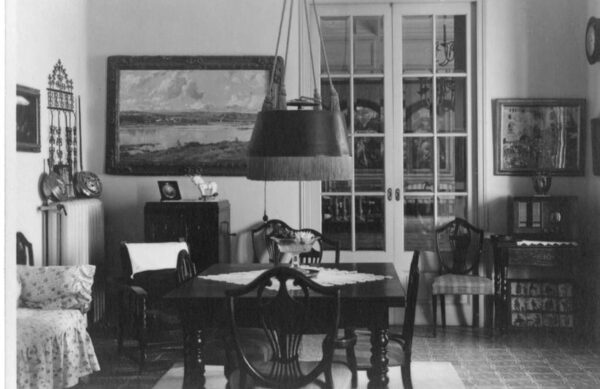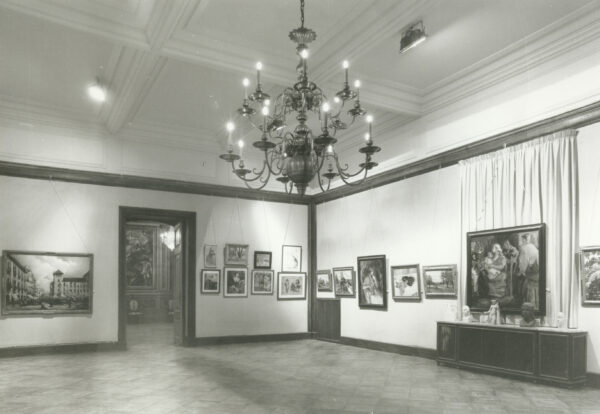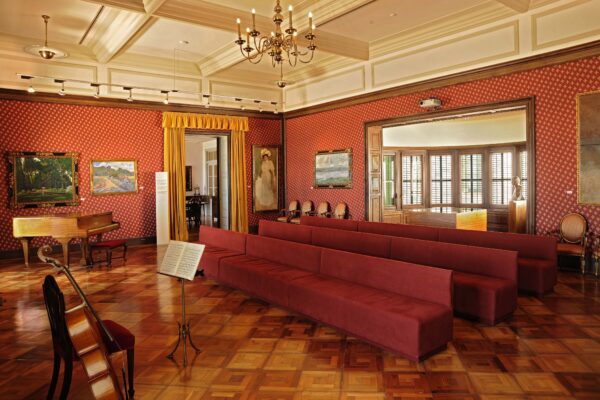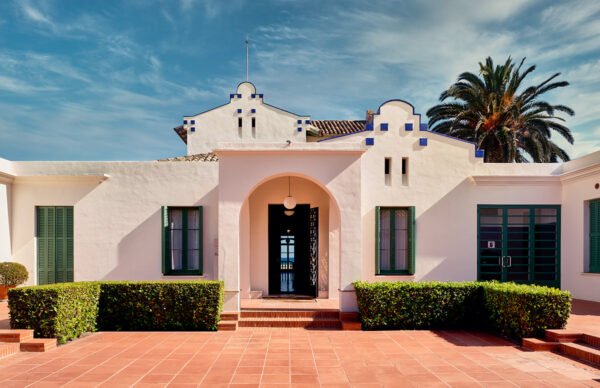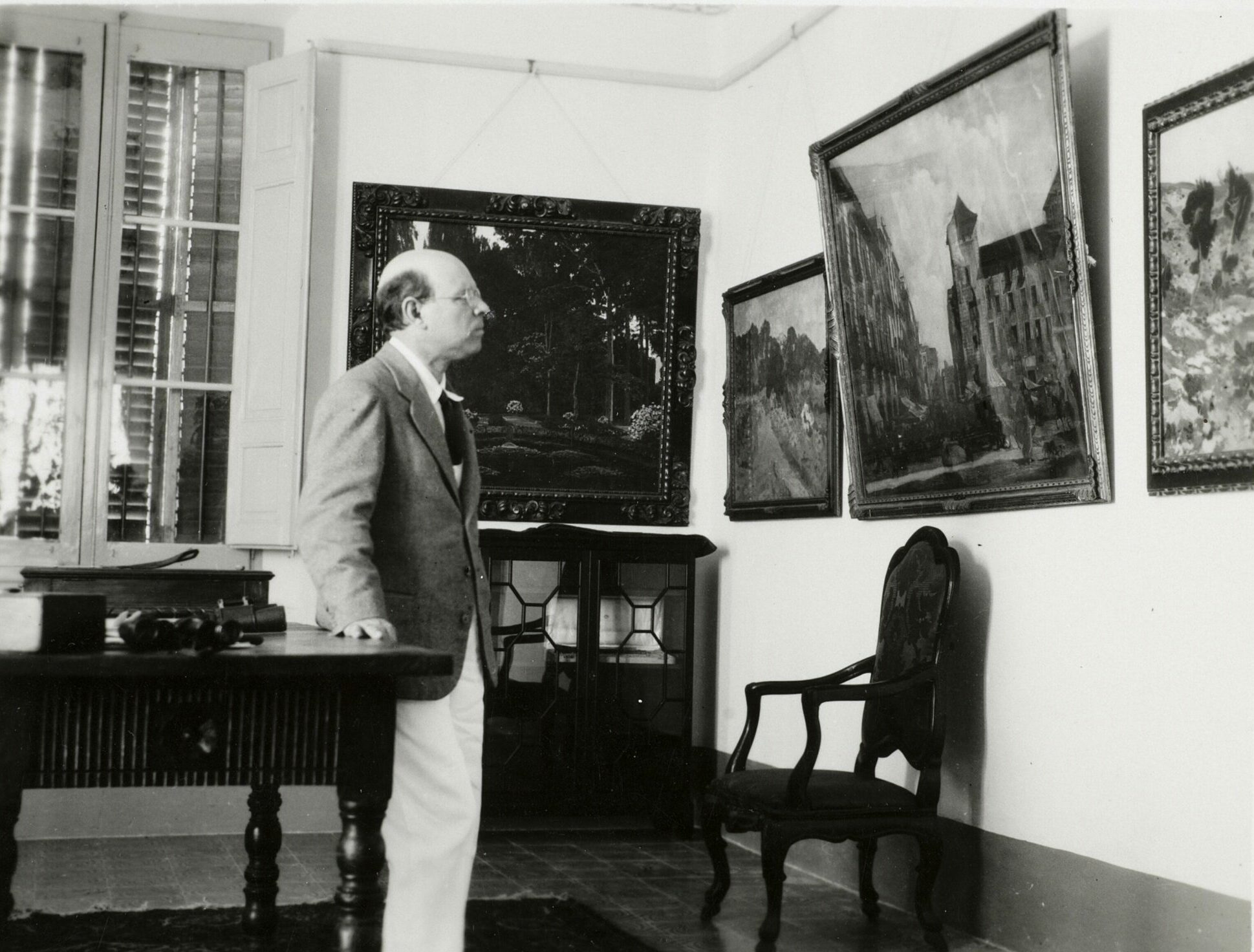
The Pau Casals Museum is located in the Vil·la Casals, the summer house that Pablo Casals built in front of Sant Salvador beach, in the municipality of El Vendrell, and which became his habitual residence from the 1920s onwards. Pablo Casals lived there until 1939, when, after the end of the Spanish Civil War, he went into exile and never returned.
In 1972, Pablo Casals and his, wife Marta Montañez created the Pau Casals Foundation to preserve the Sant Salvador house and its collection, which was opened to the public in 1974.
In 2001 the Museum underwent a complete refurbishment and adaptation of the services that allowed it to be approved as a museum facility. In June 2020, the Government of Catalonia declared it a Museum of National Interest due to its importance and the value of the collection of goods it preserves.
In 2021, thanks to funding from the Department of Culture of the Government of Catalonia and the support of El Vendrell Town Council and Tarragona Provincial Council, the Museum began a project to restore the historic building and renovate the museum in order to become a leading museum on the international legacy and life of Pablo Casals.
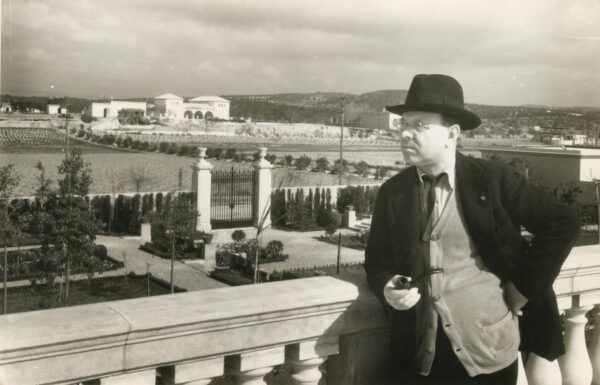
Mission
To preserve and raise awareness of Pablo Casals’ heritage, musical and human legacy in an open, innovative and participatory way, through music and education based on the values of peace, social commitment and the defence of human rights.
Vision
To become a leading national and international museum devoted to the life and human legacy of Pablo Casals, with a transformative and educational capacity that connects with society and with the new generations, engaging in dialogue, questioning and generating a critical spirit.
Vil·la Casals: Paradise and Legacy
The story of the house begins in 1908, when architect Francisco Solà Gené first planned the urban development of the maritime district of Sant Salvador and Casals bought some land. At the end of the following year he signed the contract to build the house, which was to be designed by Francisco Solà Gené himself. Construction of the house began in early 1910 and the work was completed at the end of the year.
Over time the house was evolving, but the final reform would come in 1931, when Pablo Casals commissioned the extension works to the architect Antoni Puig Gairalt, converting the summer house into a majestic residence with a concert hall, where a valuable set of eighteenth-century paintings by the artist Francesc Pla, “El Vigatà”, and a large garden with a sculpture gallery and a gazebo overlooking the Mediterranean Sea were installed.
In 2020, El Vendrell Town Council declared it a Cultural Asset of Local Interest.
Museum network

The Pau Casals Museum forms part of the network of El Vendrell museums with which it collaborates and participates in joint projects and activities to promote the museums of the municipality of El Vendrell linked to different disciplines such as art, literature and music.

The territorial network of museums of Tarragona and Terres de l’Ebre is created in order to develop tools for collaboration between registered museums members in this territorial area.
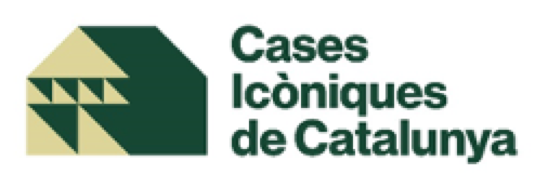
The Pau Casals Museum is a founding member of Iconic Houses of Catalonia, a private non-profit association that brings together historic residential buildings significantly linked to the creative and / or artistic genius of its designers or inhabitants, and that allow a territorial reading of the history and cultural expressions of Catalonia.

The Pau Casals Museum is a member of DEMHIST, the International Committee of Historical Houses of ICOM, which focuses on the management and conservation of house museums.
